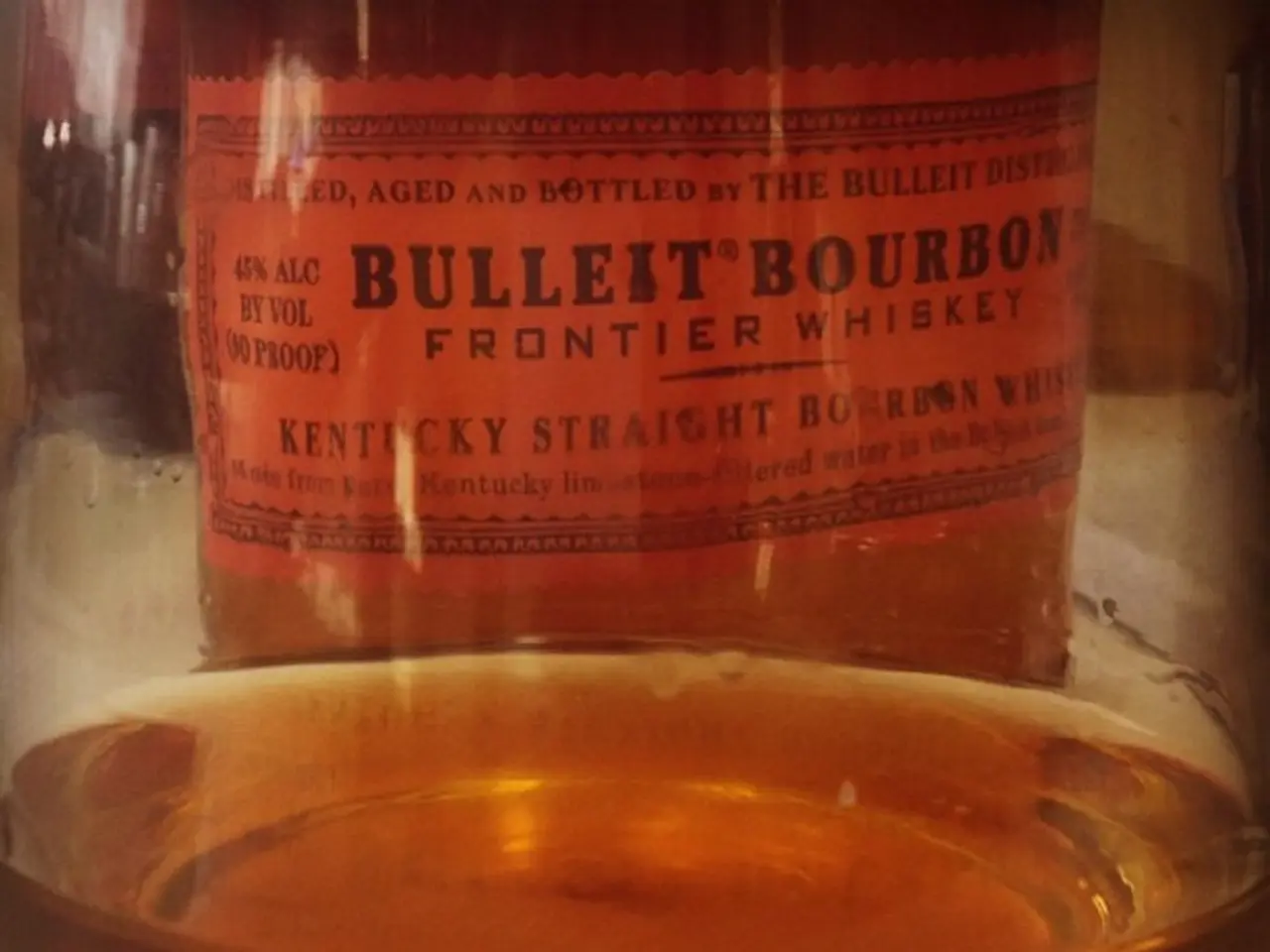Evidence of alcohol consumption: an explanation
In the world of alcohol, understanding the strength of a beverage is crucial for both consumers and regulators. While the international standard for measuring alcohol content is Alcohol by Volume (ABV), countries have distinct methods for expressing this as proof, relying on historical definitions tied to specific gravity or volume ratios.
Alcohol by Volume (ABV)
ABV is the global standard, measuring alcohol content as a percentage of total liquid volume. It is used worldwide and is the clearest and most intuitive method for consumers and regulation, compensating for volumetric changes when mixing alcohol and water.
US Proof System
In the United States, proof is defined as twice the ABV. For example, a beverage with 30% ABV is 60 proof. The system originated from a historical test involving burning gunpowder soaked in spirit; spirits that ignited were "proved" to contain enough alcohol (approximately 57% ABV). A "proof spirit" is at least 100 proof (50% ABV).
British (UK) Proof System
The UK’s legacy proof system defines 100 proof as roughly 57.15% ABV based on specific gravity—this meant the alcohol weighed about 12/13 the weight of an equal volume of water at 11 °C (51 °F). This system is mostly replaced by ABV but remains in some traditional contexts.
Gay-Lussac Degrees (°GL)
Used primarily in France and some parts of Europe, this system matches the ABV percentage one-to-one with proof degrees, so a drink with 45% ABV is 45° GL. It is a simple volumetric scale.
Analytical Methods
Other techniques for determining alcohol content involve analytical methods used in labs. These range from simple hydrometers to advanced lab techniques, such as near-infrared (NIR) and Fourier transform infrared (FTIR) spectroscopy, which precisely separate and measure ethanol content, improving accuracy beyond traditional hydrometers.
In the United Kingdom, the ABV system has replaced the previous system of measuring alcohol content by proof. Understanding the meaning of proof and how manufacturers measure alcohol content is important for anyone who chooses to consume alcohol. Knowing the alcohol content of a beverage can help individuals make informed decisions about their consumption and promote responsible drinking.
Excessive alcohol consumption is linked to various negative health outcomes, including liver disease, cancer, and cardiovascular disease. Ethanol, also known as ethyl alcohol or simply alcohol, is the result of the fermentation of yeast, sugars, and starches.
In conclusion, while ABV is the global standard for labeling alcohol content, countries express proof differently—commonly as twice the ABV in the U.S., about 1.75 times in the UK, and the same numeric value as ABV in France. Analytical methods to measure alcohol vary from simple hydrometers to advanced lab techniques depending on the precision required. Understanding these methods can help consumers make informed decisions and promote responsible drinking practices.
- The United Kingdom has replaced its previous proof system with the ABV system for measuring alcohol content in beverages, but the UK's legacy proof system is still used in some traditional contexts.
- Analytical methods, such as near-infrared (NIR) and Fourier transform infrared (FTIR) spectroscopy, used in labs can precisely separate and measure ethanol content, offering greater accuracy in determining alcohol content than traditional hydrometers.
- Understanding the various methods used for measuring alcohol content, such as ABV, proof, and analytical methods, is important for consumers as it can help promote responsible drinking, informed decisions, and healthy habits related to nutrition and health-and-wellness, as excessive alcohol consumption can lead to several negative health outcomes like liver disease, cancer, and cardiovascular disease.




